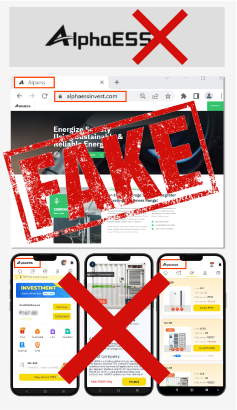High Voltage vs Low Voltage Batteries: The Ultimate Guide to Home Energy Storage
2024-08-30
In today's rapidly evolving energy landscape, the quest for greater energy independence and efficiency is more urgent than ever. Homeowners are increasingly turning to advanced energy storage solutions as they strive to harness the power of renewable energy and reduce their reliance on the grid. At the heart of this transformation lies a critical decision: choosing between high-voltage and low-voltage battery systems. But which one is truly the best fit for modern homes? Understanding the key differences between these two types of batteries is essential to making an informed decision that maximizes your energy independence and optimizes your home's performance.
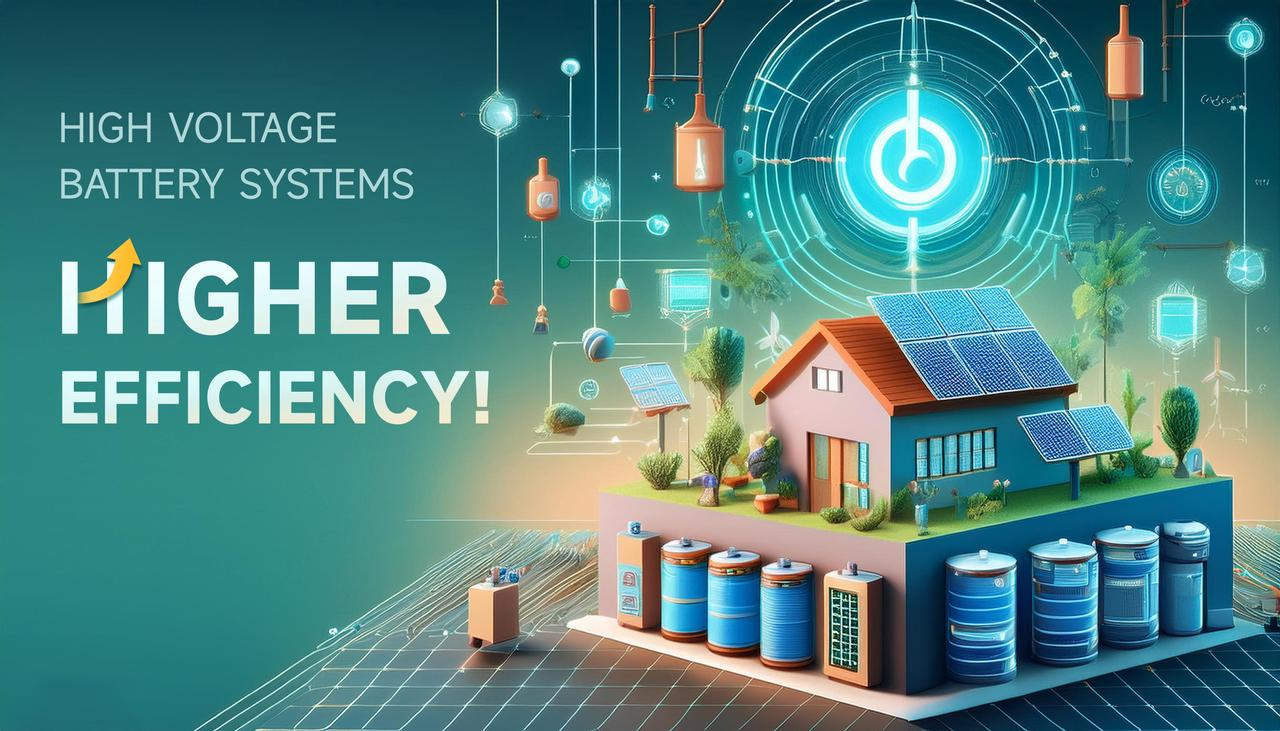
What are Low-Voltage and High-Voltage Batteries?
These two types of battery systems serve different applications due to their inherent differences in performance, efficiency, and suitability. Understanding these differences can help homeowners determine which option best fits their specific energy needs and application requirements.
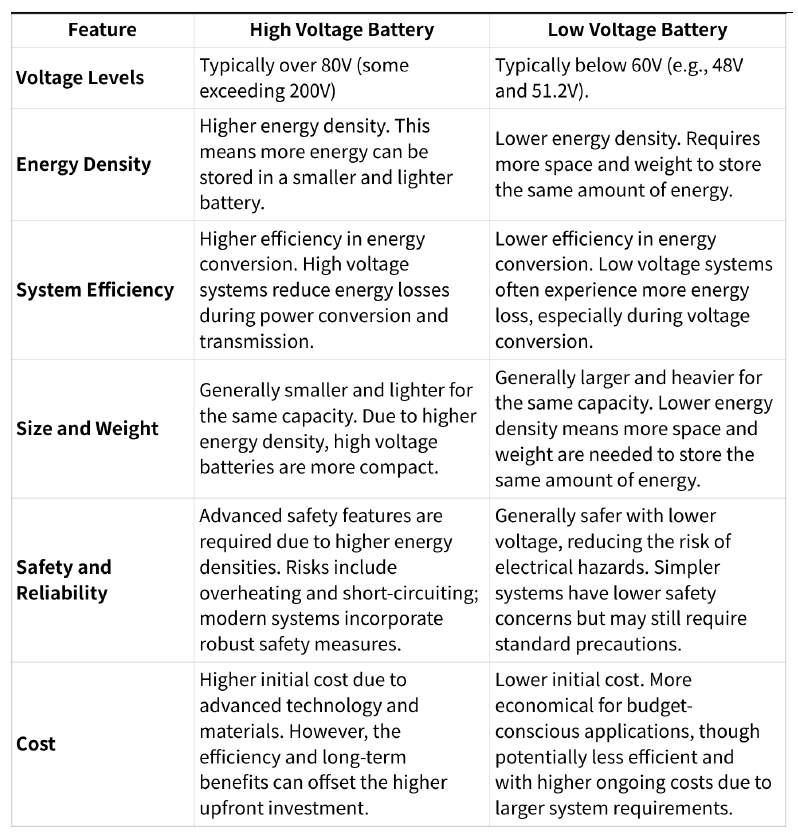
1. Voltage Levels
· High-Voltage Batteries: Typically operate at voltages exceeding 100V, such as 300V to 500V. This higher voltage enables rapid charging and discharging, making them suitable for managing sudden power demands and high-energy applications.
· Low-Voltage Batteries: Generally have voltages below 100V, such as 12V or 48V. These batteries are designed for applications with lower power requirements or where simpler systems are preferred.
2. Power Output
· High-Voltage Batteries: Due to their higher voltage, they can deliver greater power with the same current. This makes them ideal for supporting high-power loads and applications with substantial energy demands.
· Low-Voltage Batteries: Provide lower power output compared to high-voltage batteries. To meet higher power needs, multiple low-voltage units may need to be connected in parallel.
3. System Efficiency
· High-Voltage Batteries: Typically enhance overall system efficiency. The high voltage allows for reduced current, which lowers energy losses and conductor sizes. This results in a more efficient system overall.
· Low-Voltage Batteries: Require higher currents to deliver the same power, potentially leading to increased energy losses and larger conductor costs. This can reduce the overall efficiency of the system.
4. Safety and Reliability
· High-Voltage Batteries: High-voltage systems usually have higher energy densities and power outputs, necessitating stringent safety measures to prevent overheating and short-circuiting. Modern high-voltage systems are designed with advanced safety features to mitigate these risks.
· Low-Voltage Batteries: These systems are generally considered safer due to their lower voltage, which reduces the risk of electrical hazards. They offer a higher level of safety in applications requiring simplified systems.
5. Cost
· High-Voltage Batteries: Generally have higher manufacturing costs, although prices are decreasing with technological advancements. Their efficiency and longer lifespan can provide cost benefits over the long term.
· Low-Voltage Batteries: Typically less expensive to manufacture, making them a more economical choice for budget-conscious applications. Their lower initial cost can be advantageous in various scenarios.
6. Application Suitability
· Low-Voltage Batteries: Ideal for smaller installations, off-grid systems, and scenarios with moderate energy requirements. They are easier to install and upgrade.
· High-Voltage Batteries: Best suited for larger installations, high-energy applications, and systems requiring rapid power delivery. They are increasingly popular for modern home energy storage due to their efficiency and performance benefits.
· These distinctions between high-voltage and low-voltage battery systems underscore the importance of choosing the right battery type based on individual energy requirements and application scenarios. By understanding these differences, homeowners can make an informed decision that aligns with their specific needs and preferences.
Why are High Voltage Batteries the Emerging Trend in Home Energy Storage?
Battery technology has evolved significantly from early lead-acid models, which had limited energy density and efficiency. The advent of lithium-ion technology in the early 1990s marked a major advancement, providing better performance and energy density. Today, high voltage batteries represent the next leap forward, benefiting from innovations in battery chemistry and design, including advanced electrodes and thermal management. These improvements result in higher energy density, faster charge and discharge rates, and overall enhanced efficiency.
Enhanced Energy Density
High voltage batteries offer a significant advantage in energy density compared to low voltage systems. Energy density is calculated using the formula:

Given that the physical space and weight of a battery are constrained, increasing energy density within these limitations involves enhancing the voltage. By increasing the voltage, the energy density of the battery rises, allowing it to store and deliver more energy within a compact design.
Higher C-rates
The higher voltage in high voltage battery systems translates to faster charge and discharge rates. This is further enhanced by the high ionic mobility of the electrolytes used in these batteries, which allows for higher charging and discharging power. High voltage batteries can thus complete charging cycles in shorter periods, accommodating rapid energy demands and high power requirements. This capability is crucial for managing sudden power demands, starting high-demand appliances, and handling peak loads. The ability to deliver rapid bursts of power ensures reliable operation during peak demand periods and improves overall system performance.
Higher Efficiency
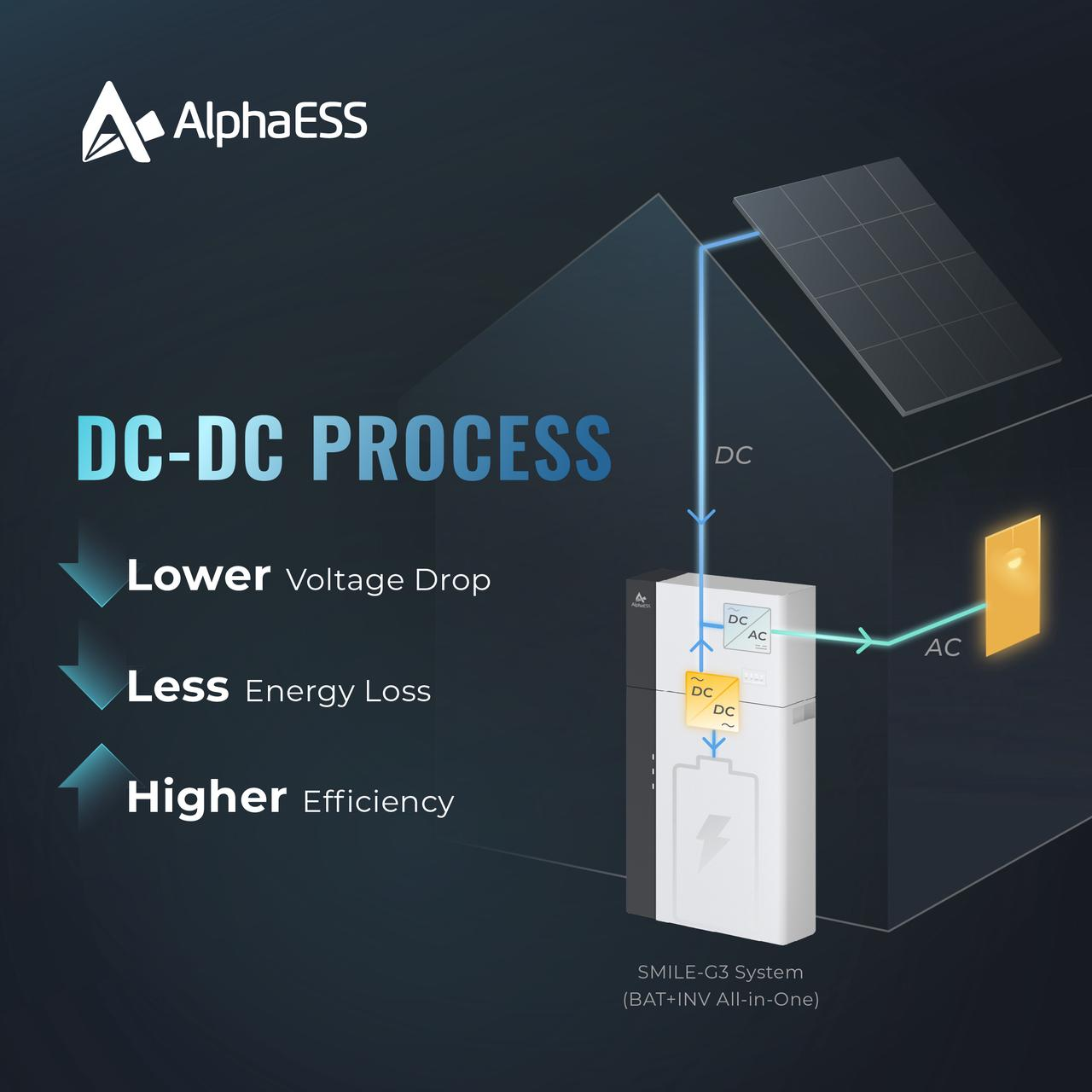
Based on the principle P = U × I, for the same power output, a higher voltage results in a lower current, reducing overall losses in the circuit system and improving the Round-Trip Efficiency (RTE) of high-voltage batteries. High voltage battery systems enhance overall efficiency by significantly improving the energy conversion process. High-voltage systems enhance 'DC (PV) → DC (BAT)' energy conversion efficiency. In low-voltage 48V home storage systems, the inverter must step down the DC voltage from the PV side (the BUS voltage of a single-phase inverter typically ranges from 360V to 500V) to charge the 48V battery, leading to significant energy losses. High-voltage systems, however, require minimal or no step-down, greatly improving efficiency.
For example, the AlphaESS SMILE-G3, a high voltage battery system. Compared to common 48V low voltage systems, the SMILE-G3 offers approximately 5% higher efficiency. For a home energy storage system with an 8 kWh battery performing one charge/discharge cycles per day, this translates to saving at least 146 kWh of electricity annually (8 kWh × 1 cycle × 365 days × 5%).
Extended Battery Lifespan
High voltage batteries also offer extended lifespans. Their smoother charge-discharge curves mean that frequent use has less impact on battery aging. As a result, these batteries typically have more charge cycles and experience less wear and tear. Furthermore, high voltage systems generate less heat and experience lower wear on components, contributing to a longer overall system lifespan.
Cost-Efficient Wiring and Installation
The lower current in high voltage systems allows for the use of thinner cables, reducing the cost of wiring and related components. For a given energy capacity, high voltage systems require less expensive cable materials compared to low voltage systems, resulting in cost savings for installation and maintenance.
As the energy storage industry evolves, high voltage batteries are proving to be the superior choice for modern home energy systems. Their advanced features, including higher energy density, faster charge rates, improved efficiency, extended lifespan, and cost-efficient installation, make them an attractive option for homeowners seeking reliable and efficient energy storage solutions. By choosing high voltage batteries, homeowners can better meet their energy needs and enjoy enhanced performance and savings.



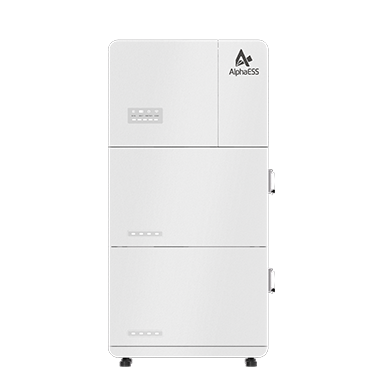





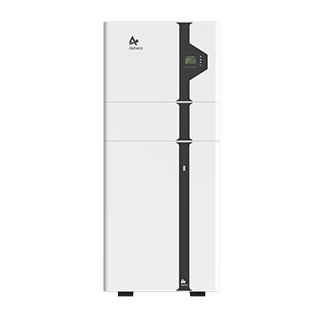
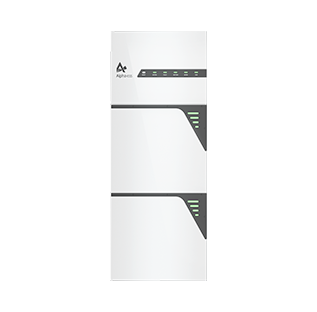



.png)
(2).png)
(3).png)
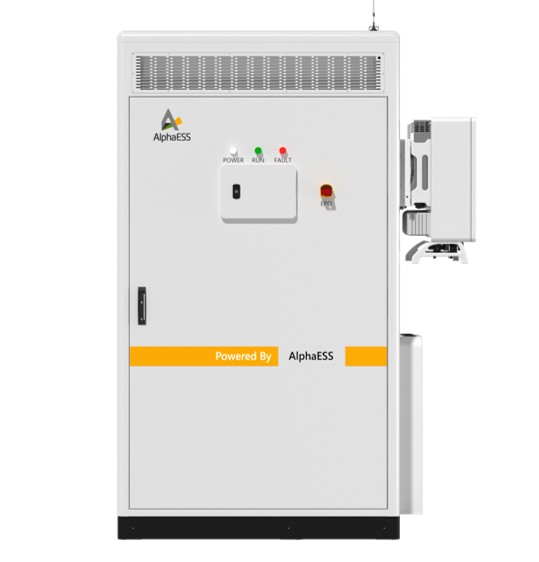

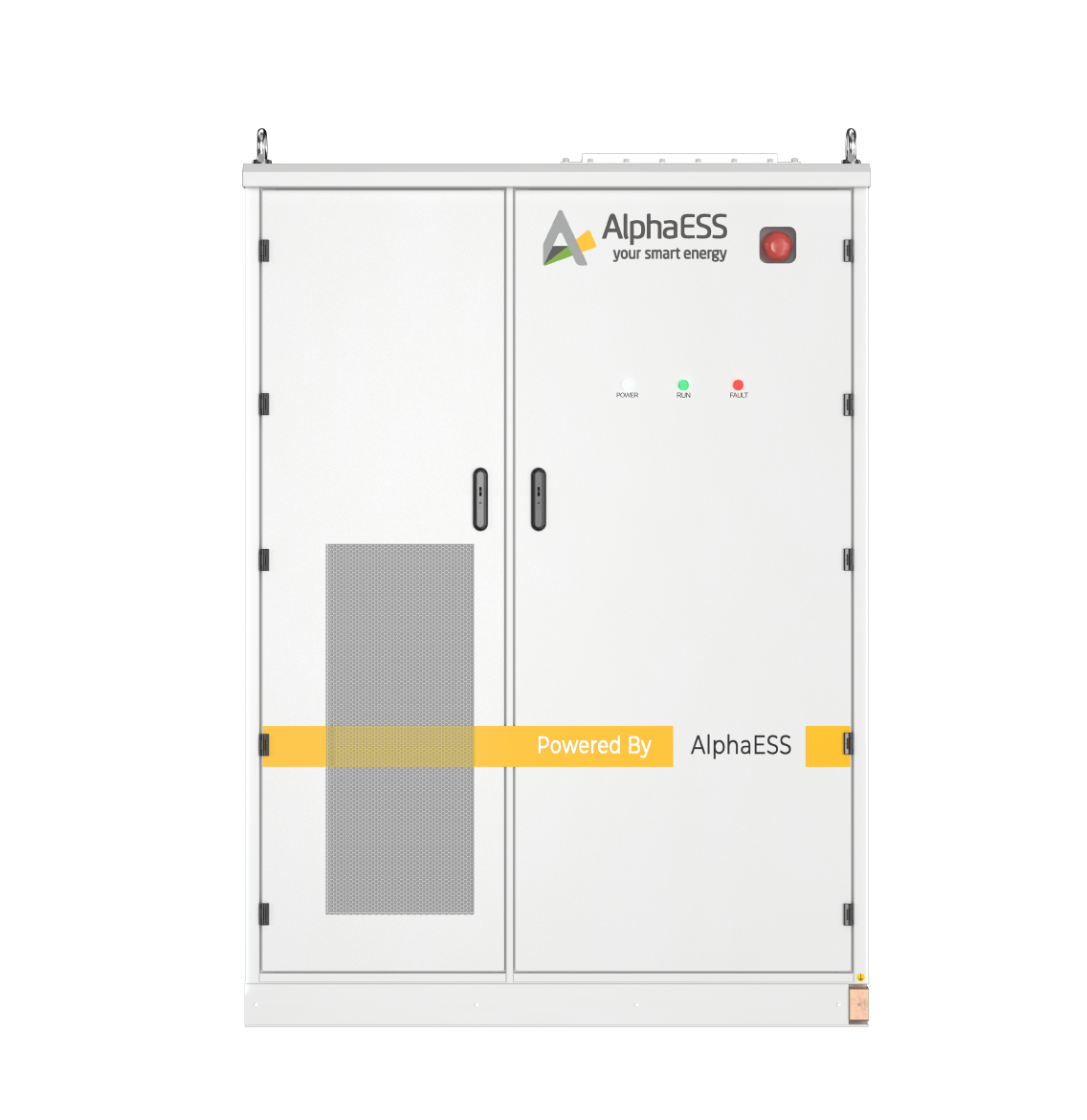
(4).png)
(545x562xiangsu)(2).png)
(545x562xiangsu)(3).png)
(545x562xiangsu)(4).png)

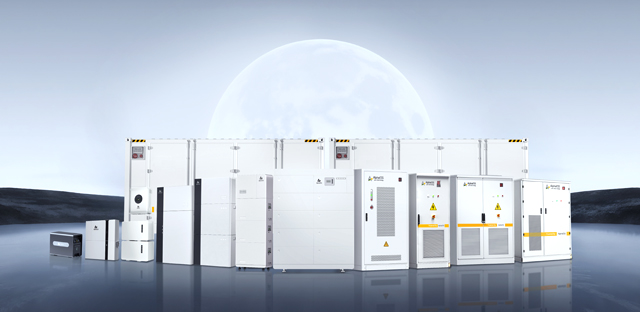
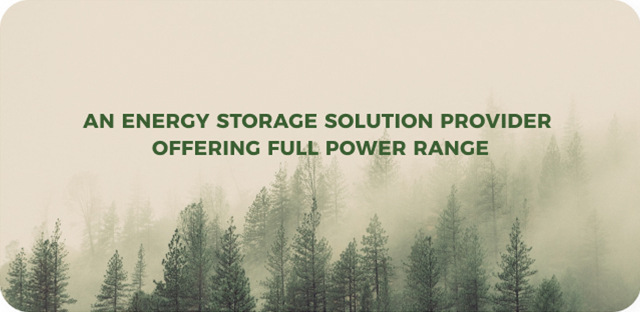
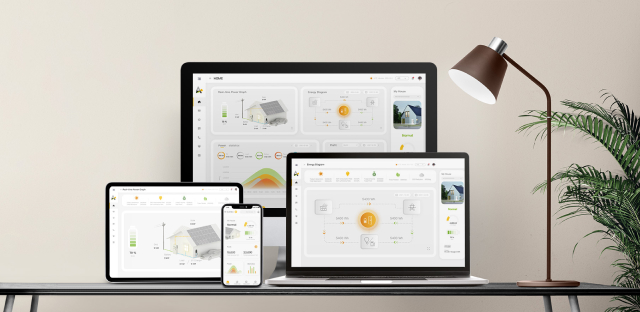
.svg)





















